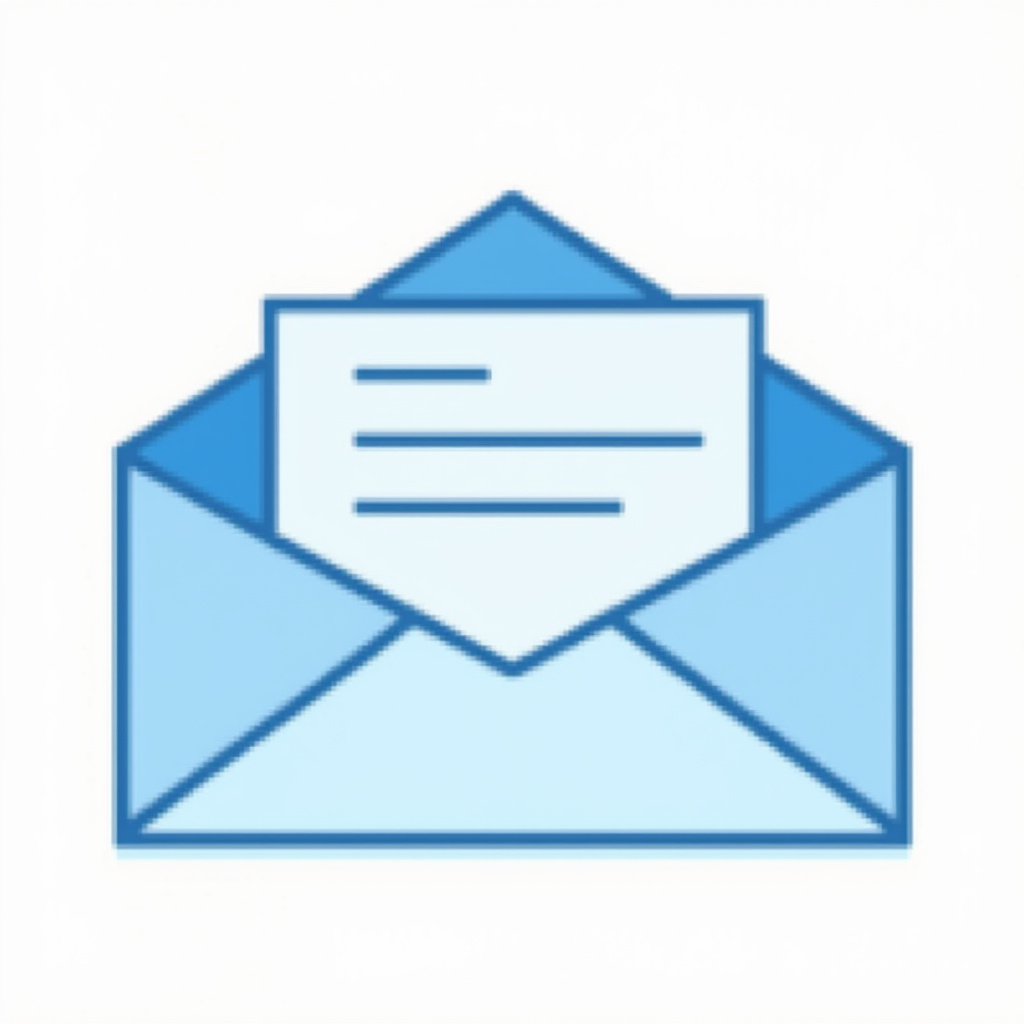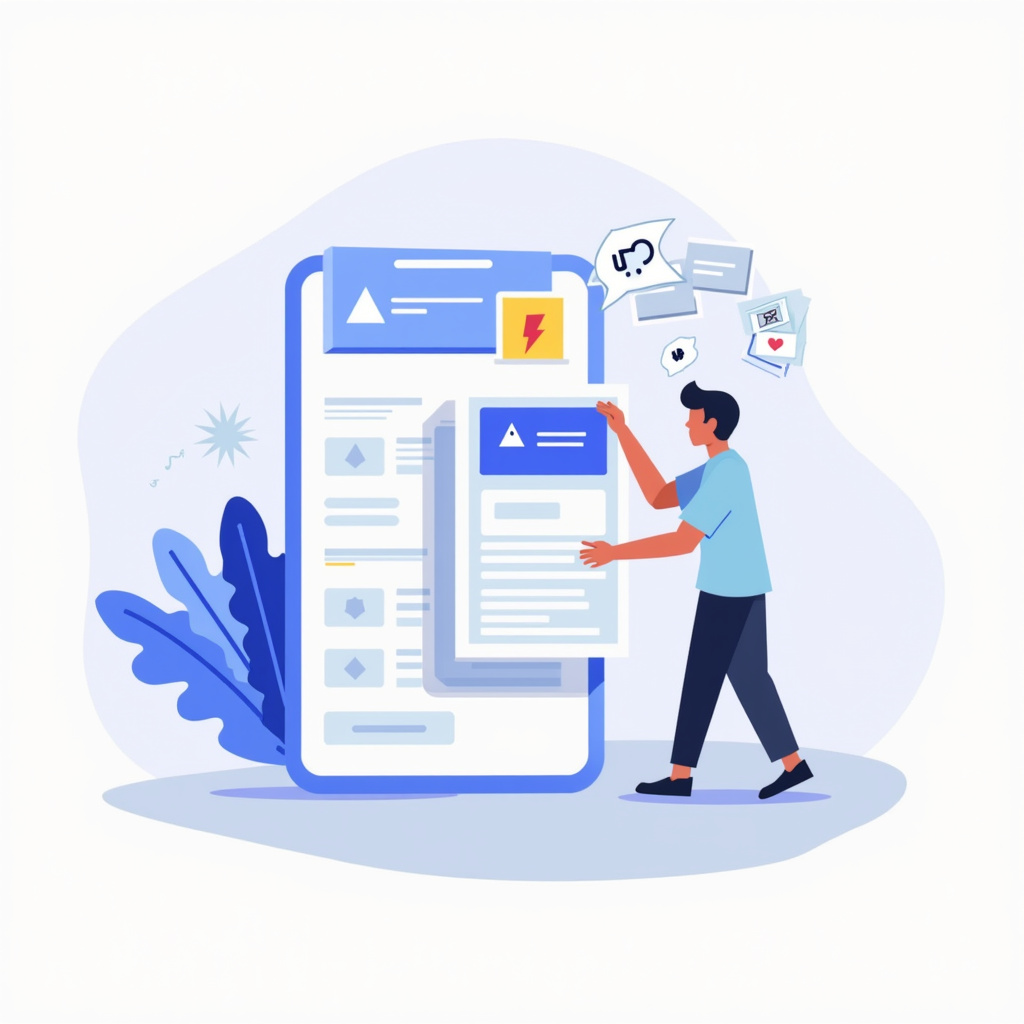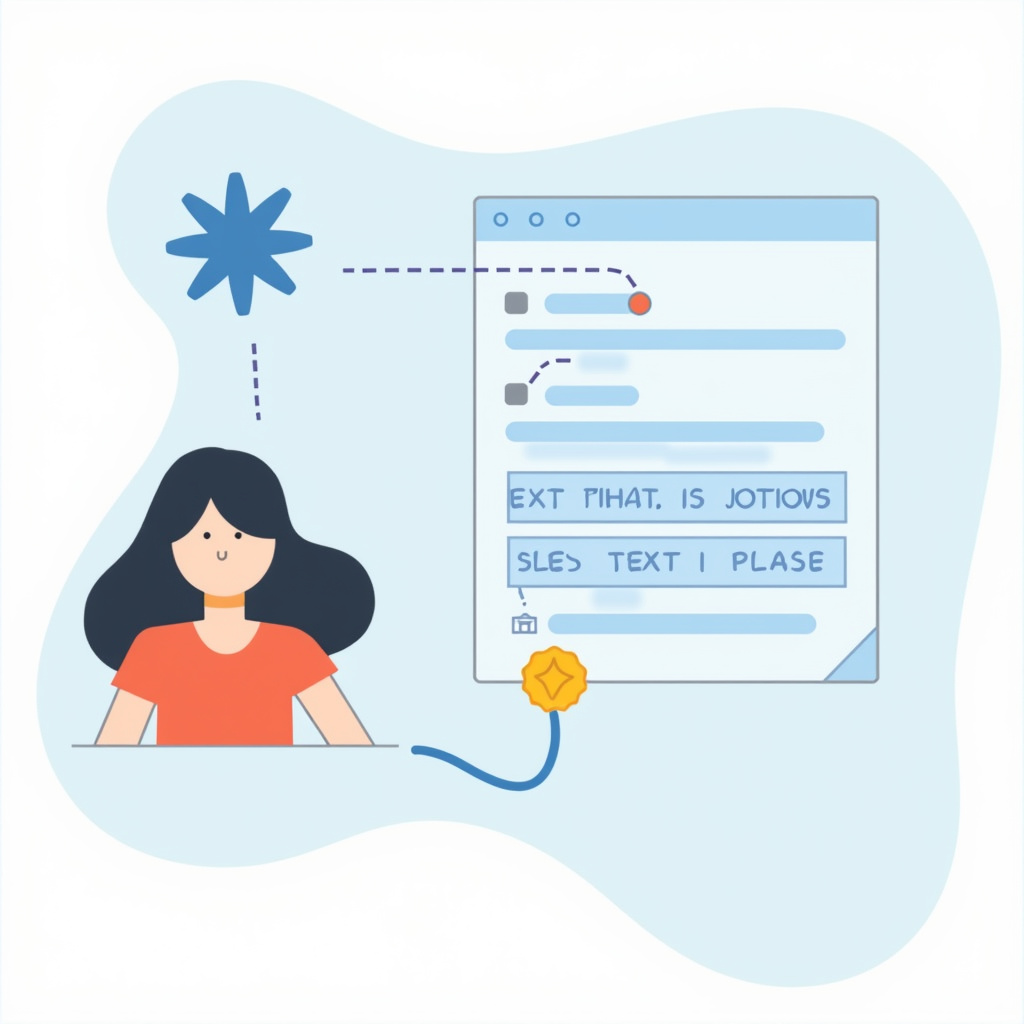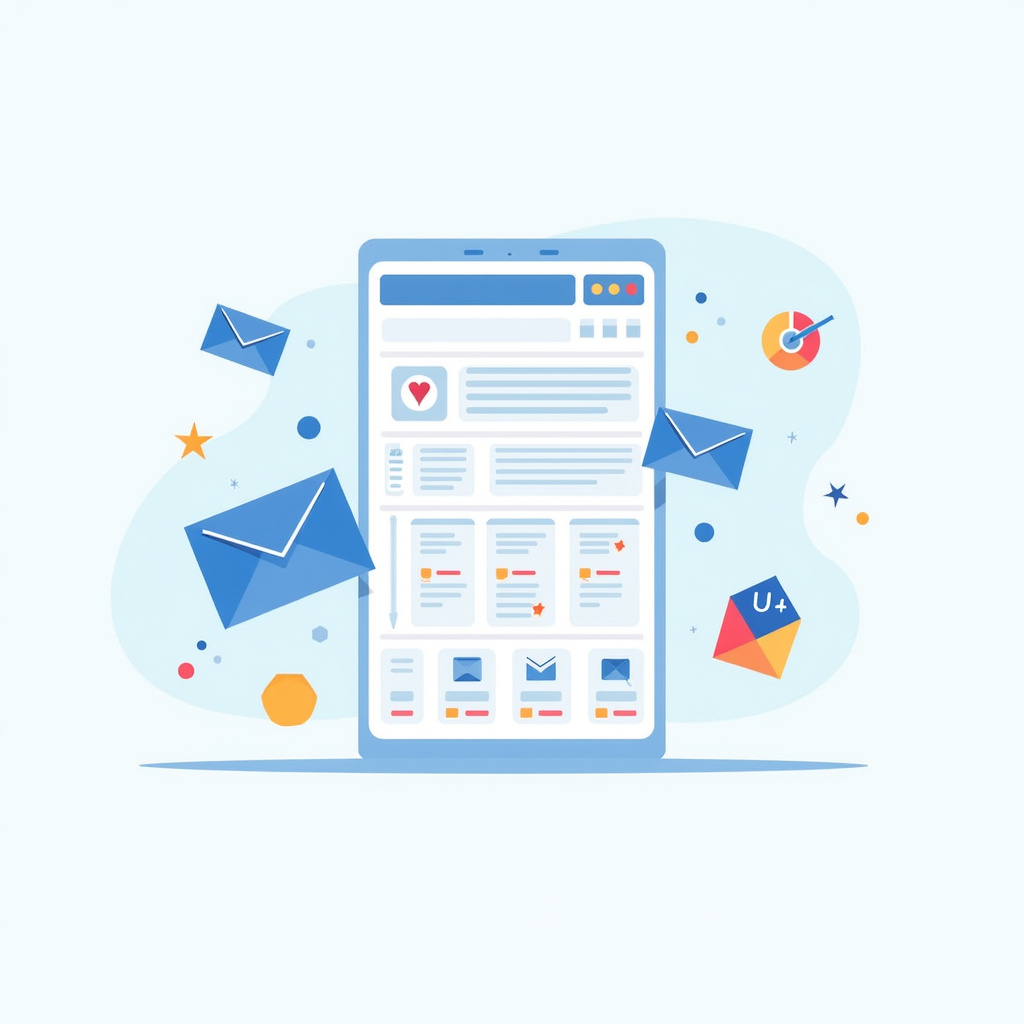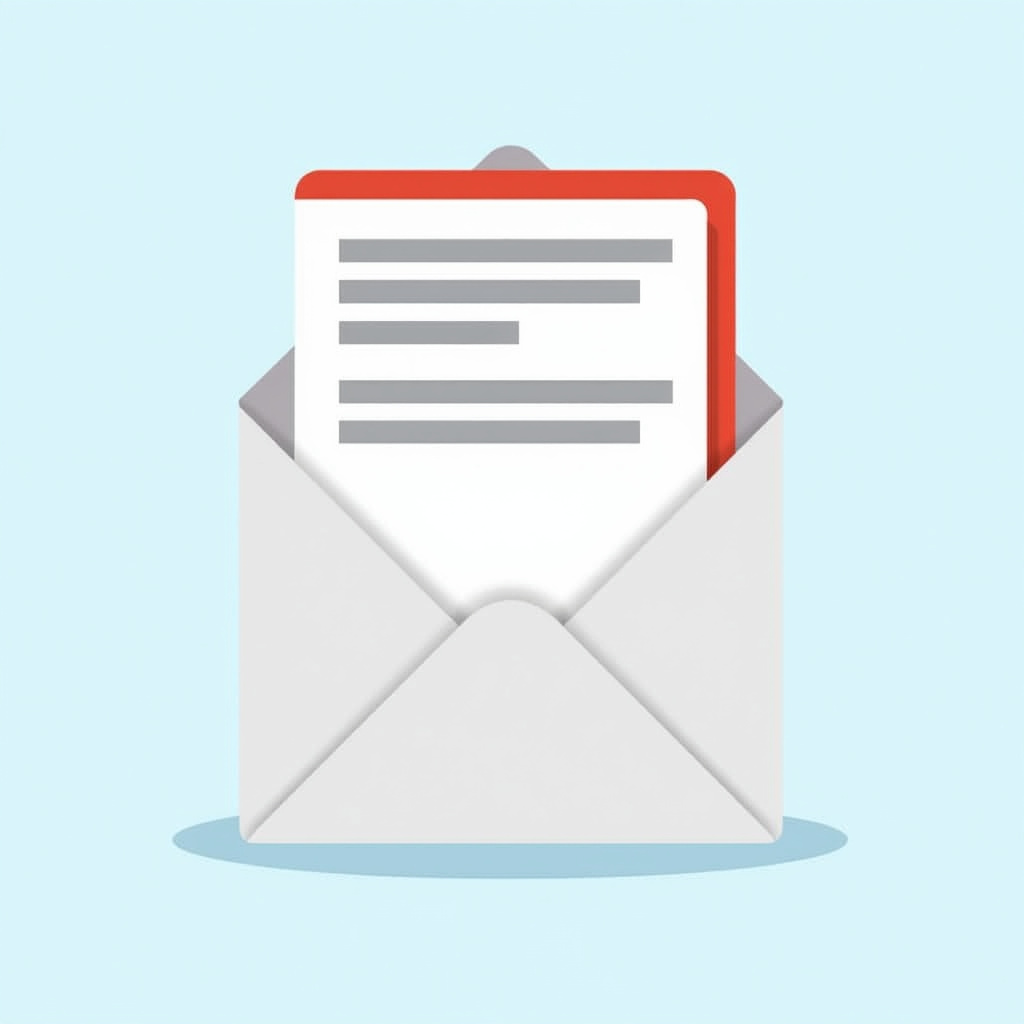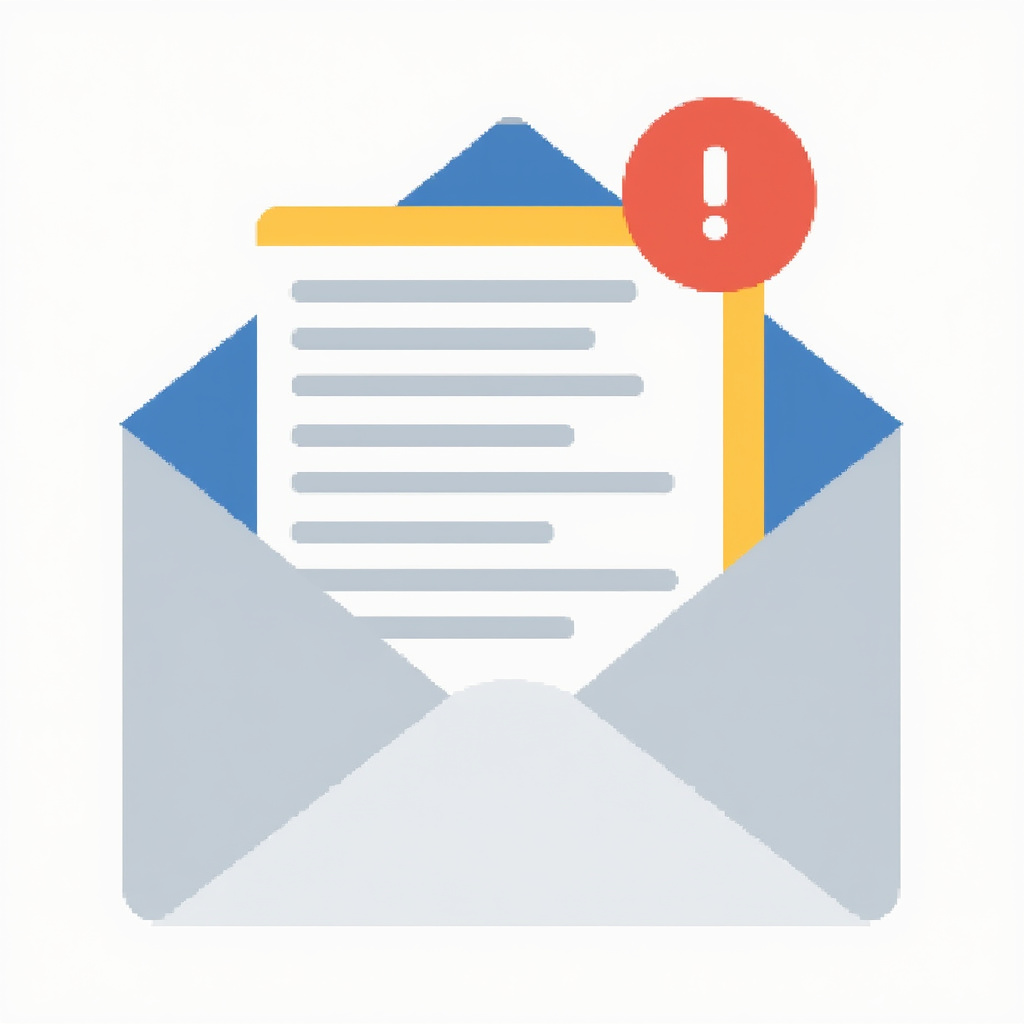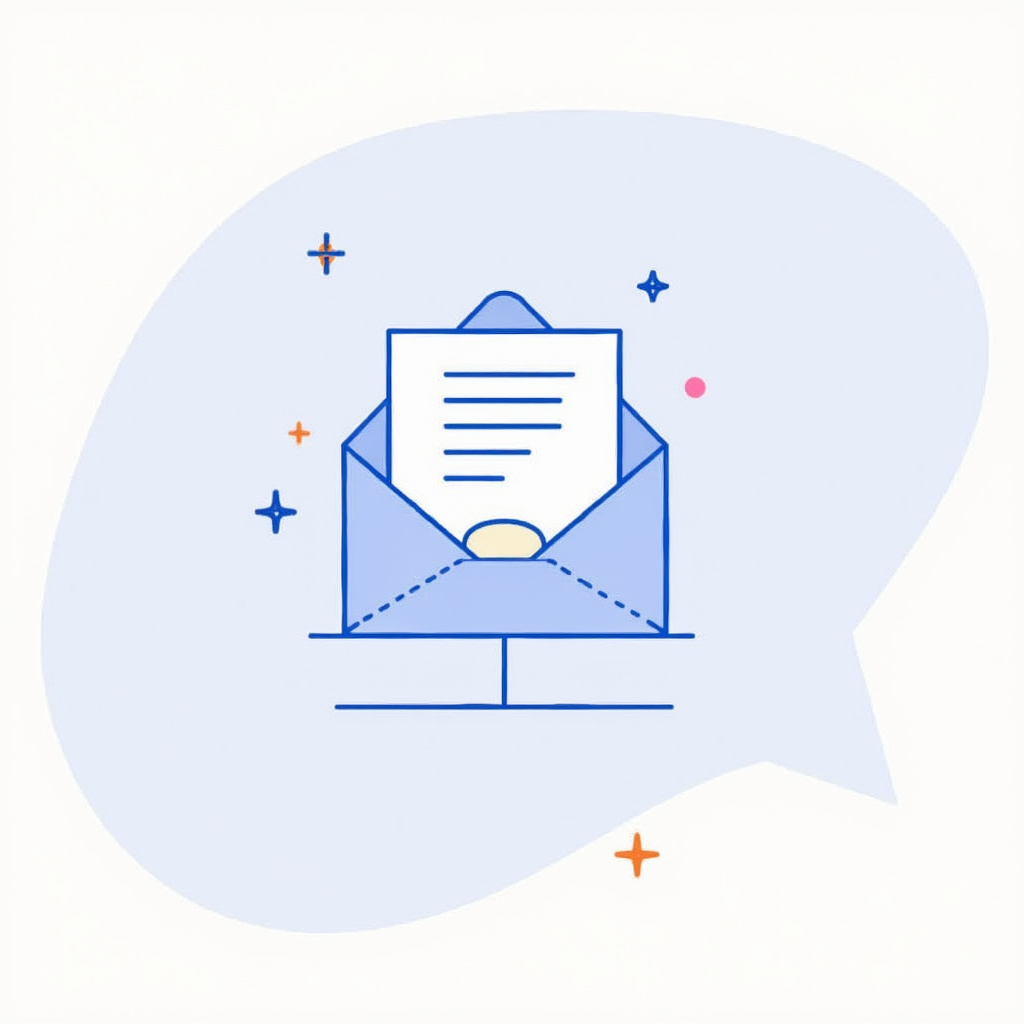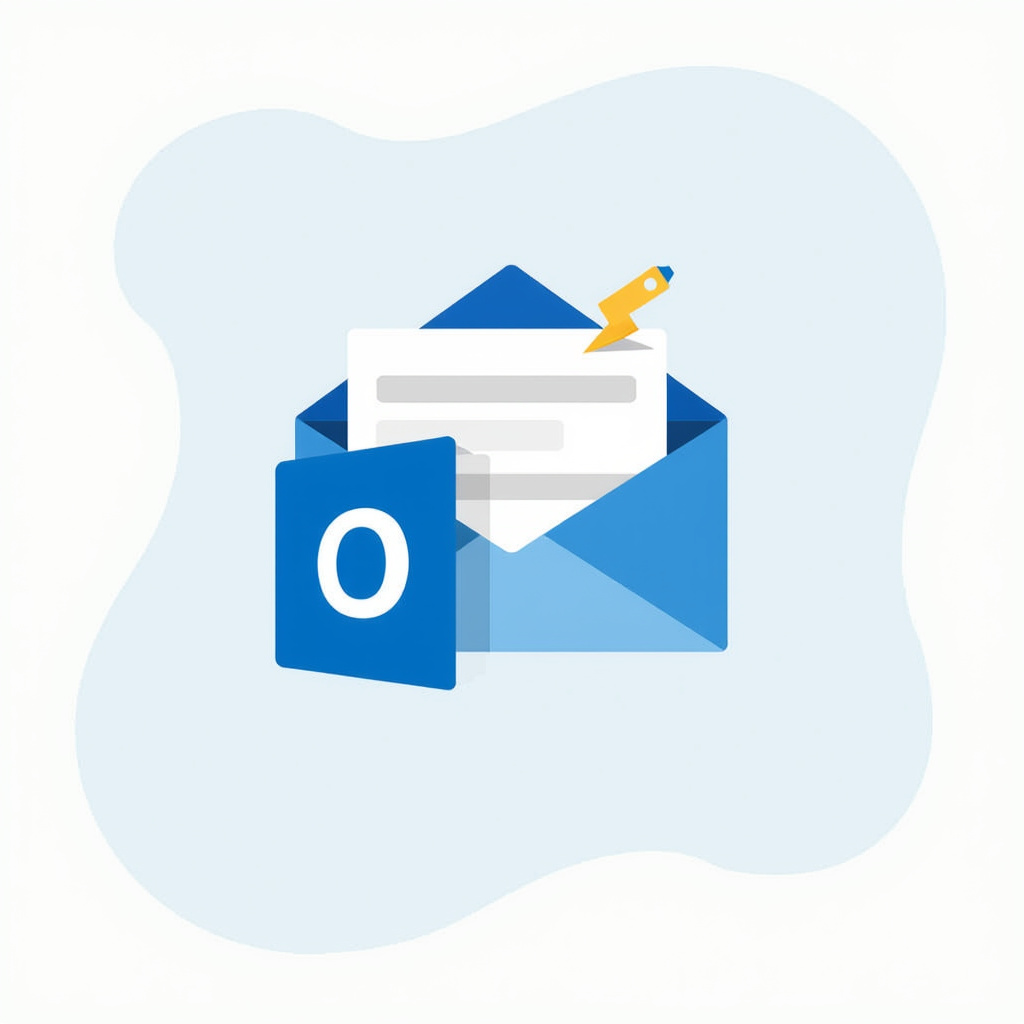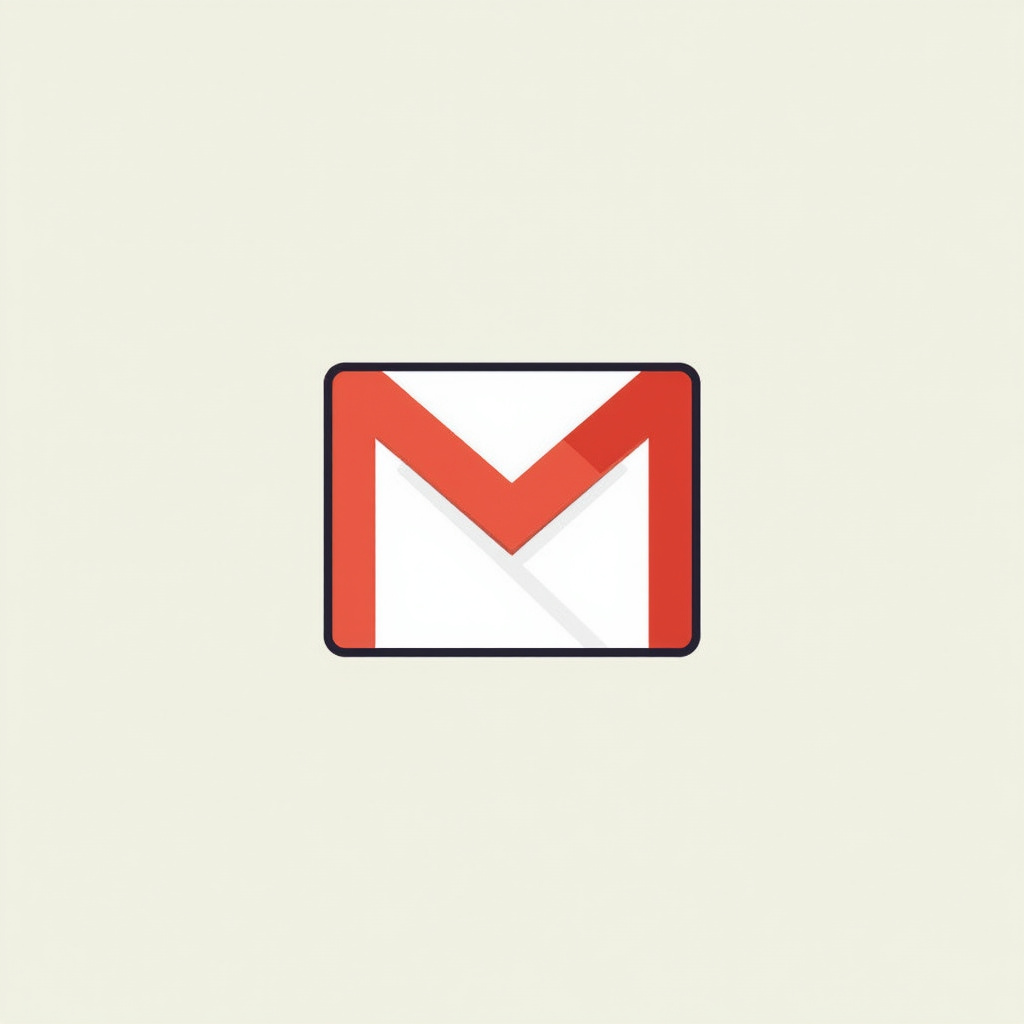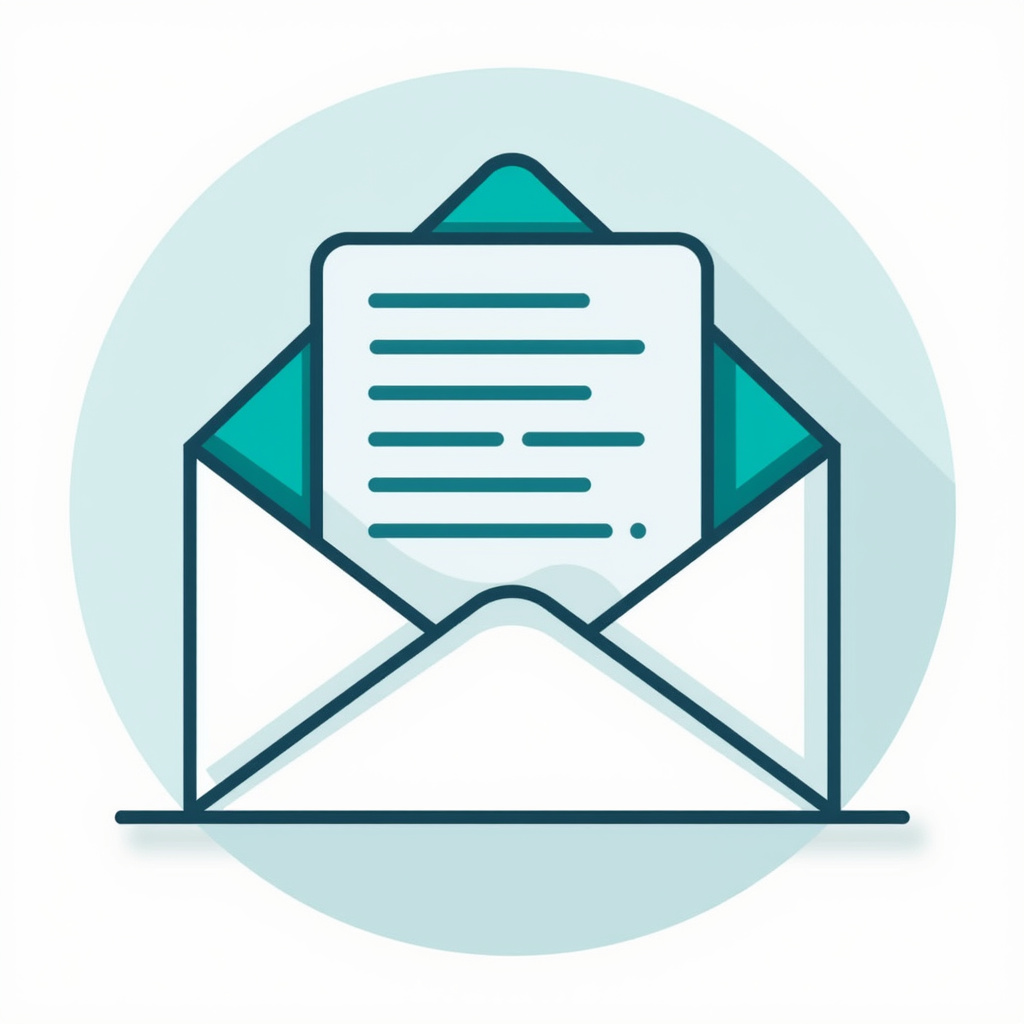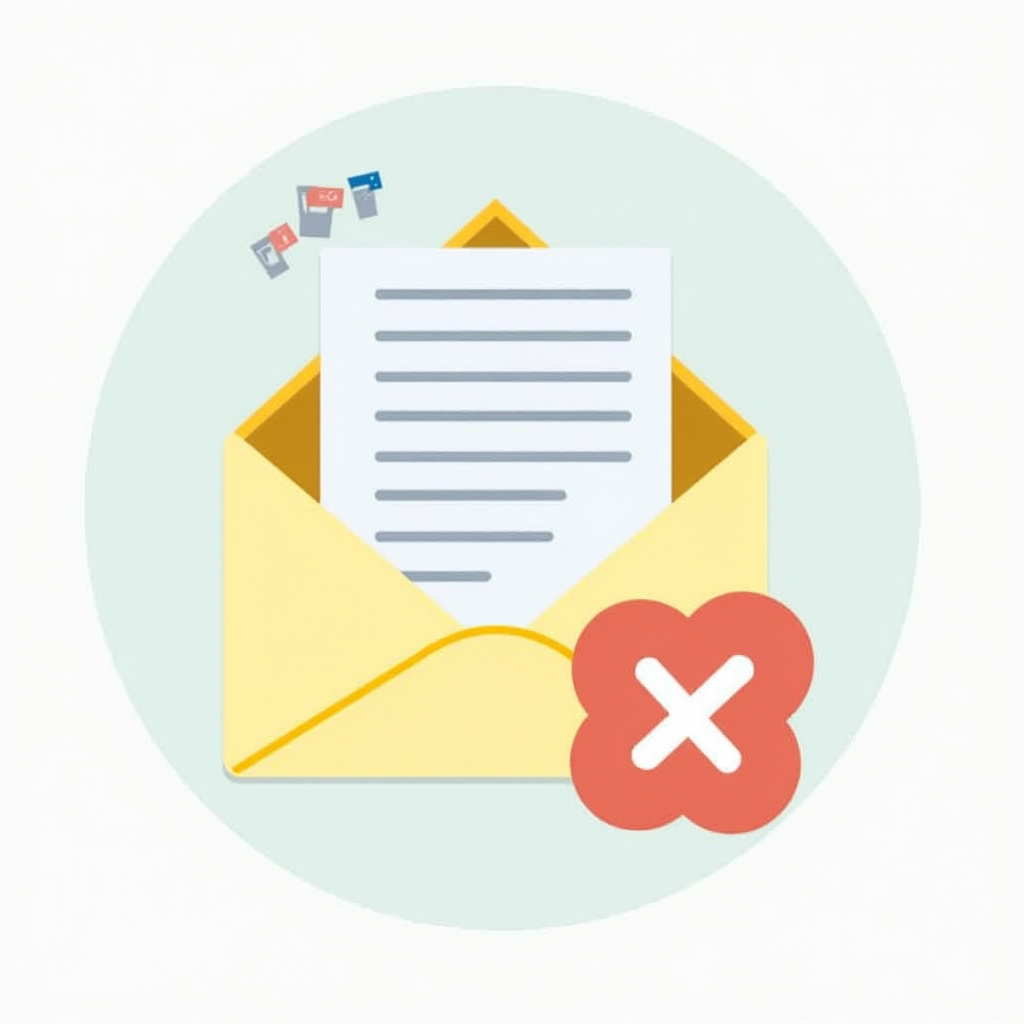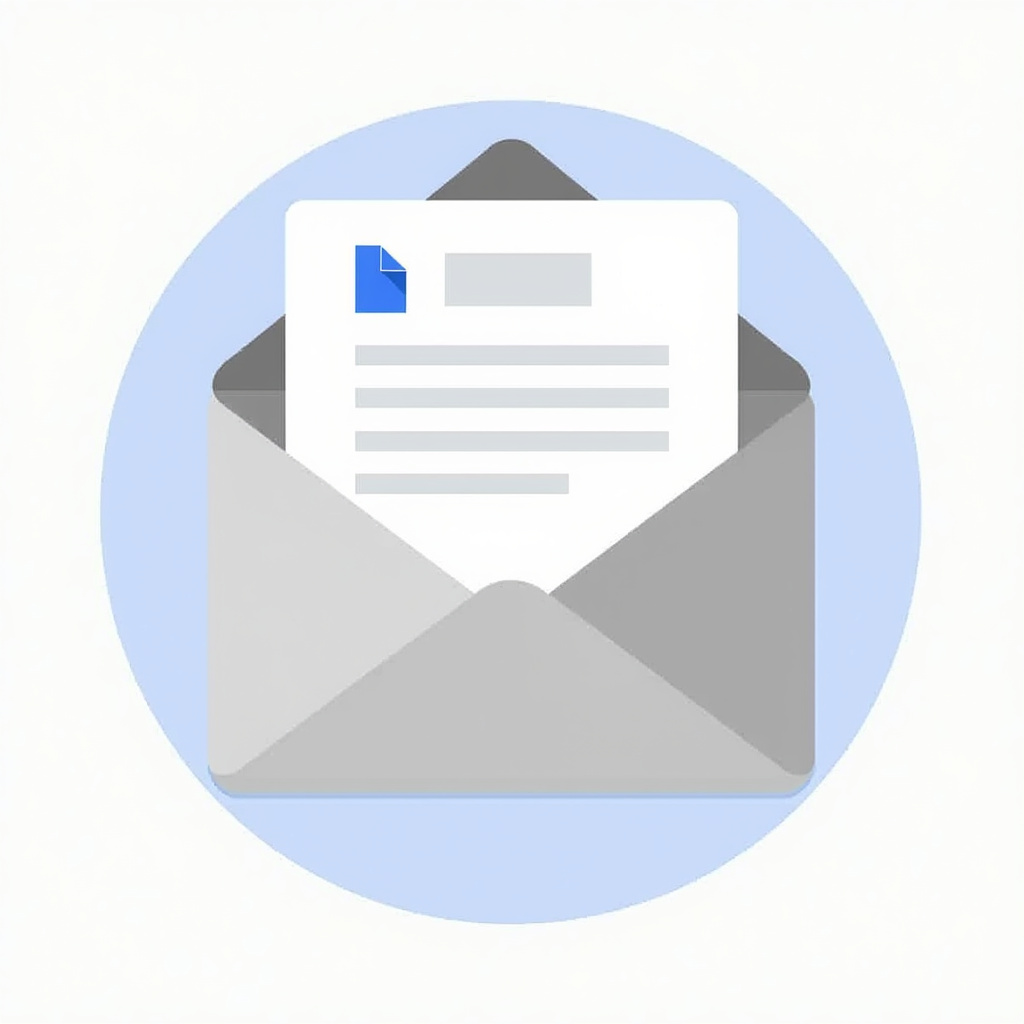Save Email To SharePoint With Power Automate: 7 Steps
Understanding Power Automate What is Power Automate? Power Automate, formerly known as Microsoft Flow, is a fantastic tool that lets you automate repetitive tasks without breaking a sweat. Think of it as your digital assistant that tirelessly takes care of mundane tasks, so you can focus on more strategic things. Imagine being able to connect […]
